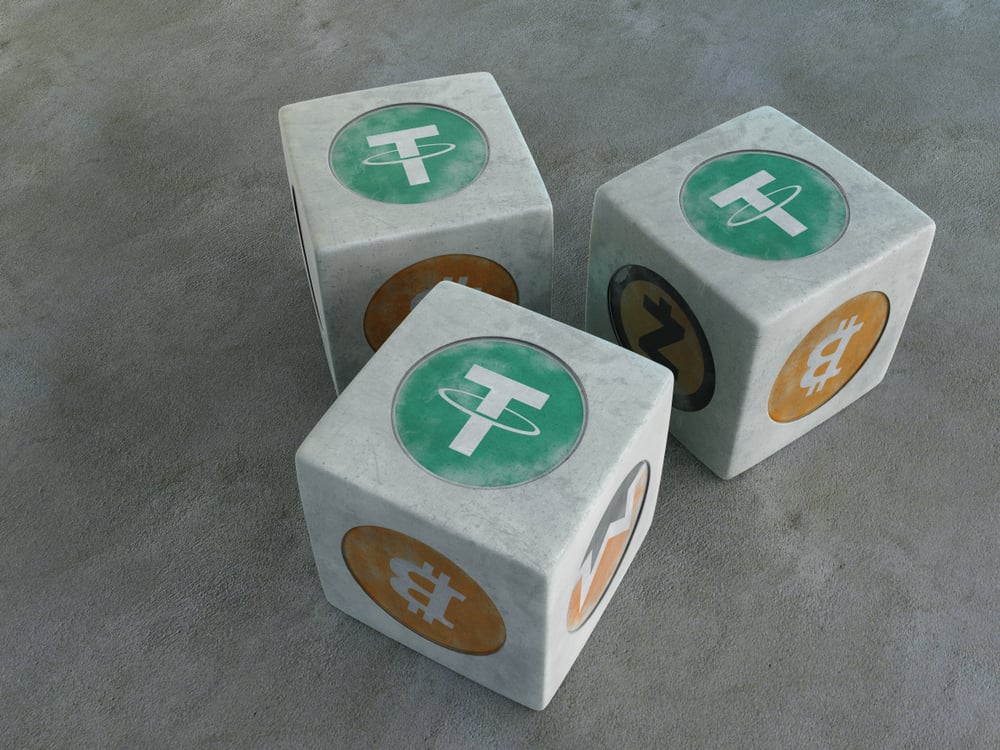
At I write this, one dollar is worth .89 Euros, 110.8 Japanese Yen, and .77 British Pounds, but the exchange rates are likely to be different tomorrow, or even in the next five minutes. Such is the uncertainty we must accept when it comes to the value of fiat currencies.
The only means available to us for measuring the value of money is by comparison to other currencies, hence why the value of the Euro, Japanese Yen, and British Pound are compared to the US dollar as opposed to a Somali Shilling (at the time of this writing worth $.0017).
The bigger question is, why are we stuck in this comparison game and do not have a standardized monetary measurement unit when we have standardized units of measure for distance, volume, and temperature?
What is a Universal Financial Standard and Why Do We Need One?
The closest thing we have to a financial standard is the Special Drawing Right (SDR), which was created by the International Monetary Fund (IMF) in 1969 and is based on a basket of five of the world’s most stable currencies | Source: Shutterstock
A global financial standard would be something akin to meters, liters, or celsius—a trusted and standardized unit of account that can be applied to value.
The closest thing we have to a financial standard is the Special Drawing Right (SDR), which was created by the International Monetary Fund (IMF) in 1969 and is based on a basket of five of the world’s most stable currencies: U.S. Dollar, Euro, Japanese Yen, British Pound, and the Chinese Renminbi.
However, you don’t see Bloomberg comparing the Jordanian Dinar or Paraguayan Guarani to the SDR. This is because the SDR is exclusive to the IMF and its nation members, as opposed to universal, and, therefore, cannot be used as a currency by individuals or businesses.
Instead, the SDR comprises an asset that can be leveraged at the discretion of the IMF to supplement member countries’ official reserves in order to boost liquidity or help a country out of an economic crisis.
Neither Fiat nor Crypto Markets Have Developed a Real Solution… Yet
Given no universal financial standard currently exists, the global economy has relied heavily on USD, deemed to be one of the most stable global currencies, to fill this role. There are a number of issues with this approach. All fiat currencies depreciate in value over time due to inflation, so they cannot ever be truly stable. Like all national currencies, USD is vulnerable to the decisions made by the government that backs it.
For example, President Trump’s trade policies are estimated to have cost the US economy $7.8 billion. Most concerning is the accumulation of national debt, which currently exceeds $22 trillion. Many economists worry that as the national debt mounts, international trust in the government’s ability to repay their loans will dwindle.
A loss of trust in the US government could trigger a plunge in the dollar’s value, which could cause the entire global economy to go into a tailspin given the pervasive reliance on USD. Ray Dalio, a billionaire investor and hedge fund manager, chillingly warned that the next financial crisis could be worse than the last, resulting in the fall of the dollar and the rise of others to take its place.

The cryptocurrency market has not yet produced a viable alternative to the legacy fiat regime. | Source: Shutterstock
The original idea for cryptocurrency was based in the hope that peer-to-peer payments would replace fiat as the dominant means of exchange and store of value. Satoshi Nakomoto’s Bitcoin white paper introduced the concepts of borderlessness and independence from government influence that hundreds of cryptocurrencies now embody. Though these are steps in the right direction, cryptocurrencies continue to exhibit extraordinary volatility, and, therefore, are not the safest bet for holding value.
Stablecoins attempt to resolve the issue of crypto market volatility through backing to fiat currencies or other assets, such as gold or real estate. Tether is currently the most popular cryptocurrency stablecoin, trading at a volume on average of $9.4 billion per day. Supposedly backed by USD 1:1, Tether, fell short on its promise at one point dipping as low as $.80. The recent fluctuations in Tether’s value can be attributed to circulating doubts as to whether Tether is legitimately 100% backed by USD (in full disclosure, my company Anchor, is launching a stable alternative to Tether).
As experts such as Ray Dalio have expressed, until we have a real solution to the need for a universal financial standard and stable store of value, the answer is to diversify investments. What is clear is that we cannot count on fiat currencies to retain their value. A true crypto-based stablecoin solution may just be the answer to ensuring when markets dip or crash, life savings will be protected.
About the Author: Daniel Popa, Founder and CEO of crypto startup Anchor, is a serial telecommunications entrepreneur with over 20 years of experience successfully launching numerous telecommunications and software companies, including NECC Telecom, Pulse Telecom, ECS Soft, CCI, TimeWalk, and others. Companies founded by Daniel have generated over $1 billion in revenue over the past 20 years and currently operate in 5 different countries, including the USA, Canada, Australia, Romania, and Ukraine. NECC Telecom employs more than 600 people and several thousand contractors around the world and earns revenues in excess of $54 million annually. Daniel and his team of PhD-level academics have been developing the algorithm behind the MMU since 2017.
